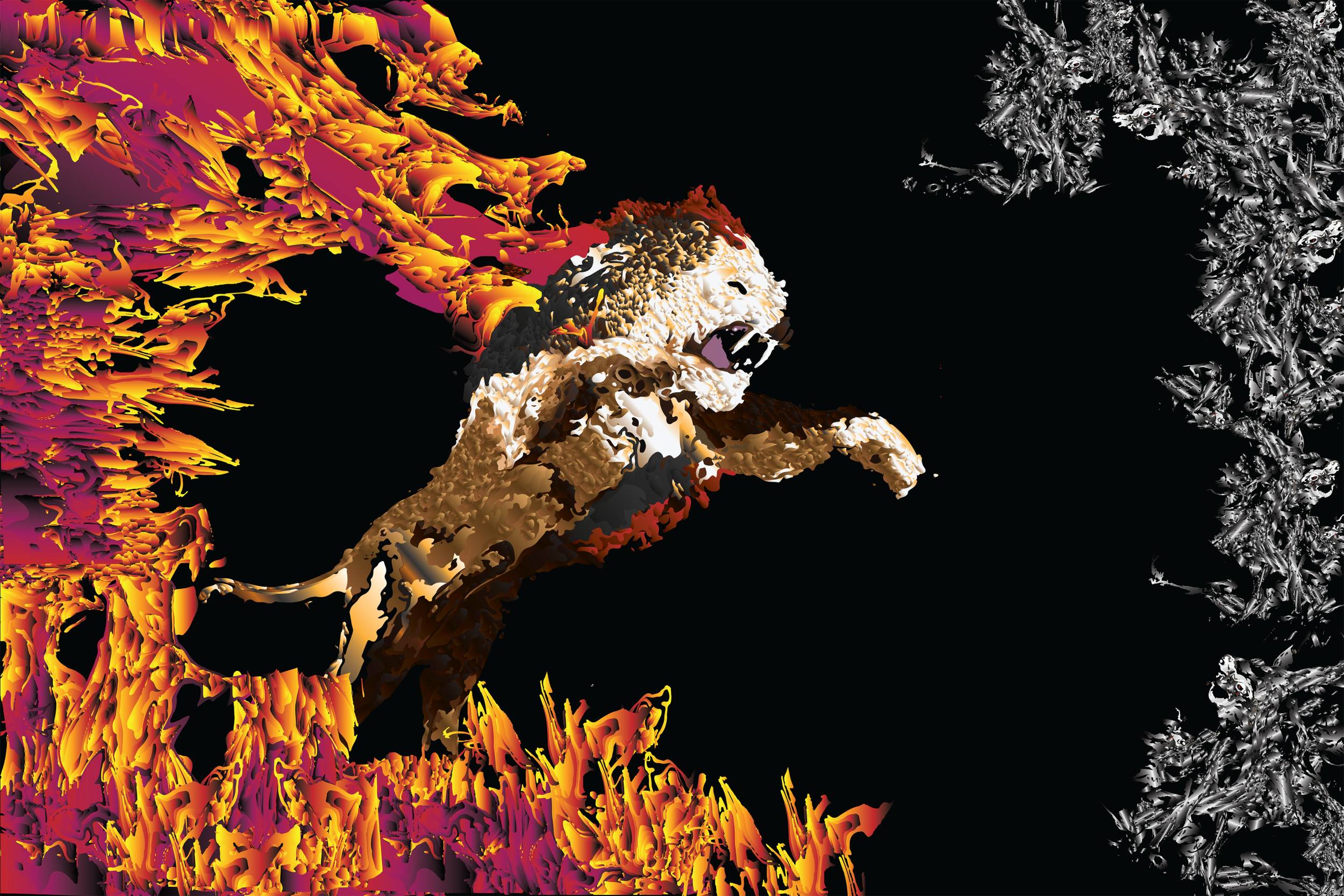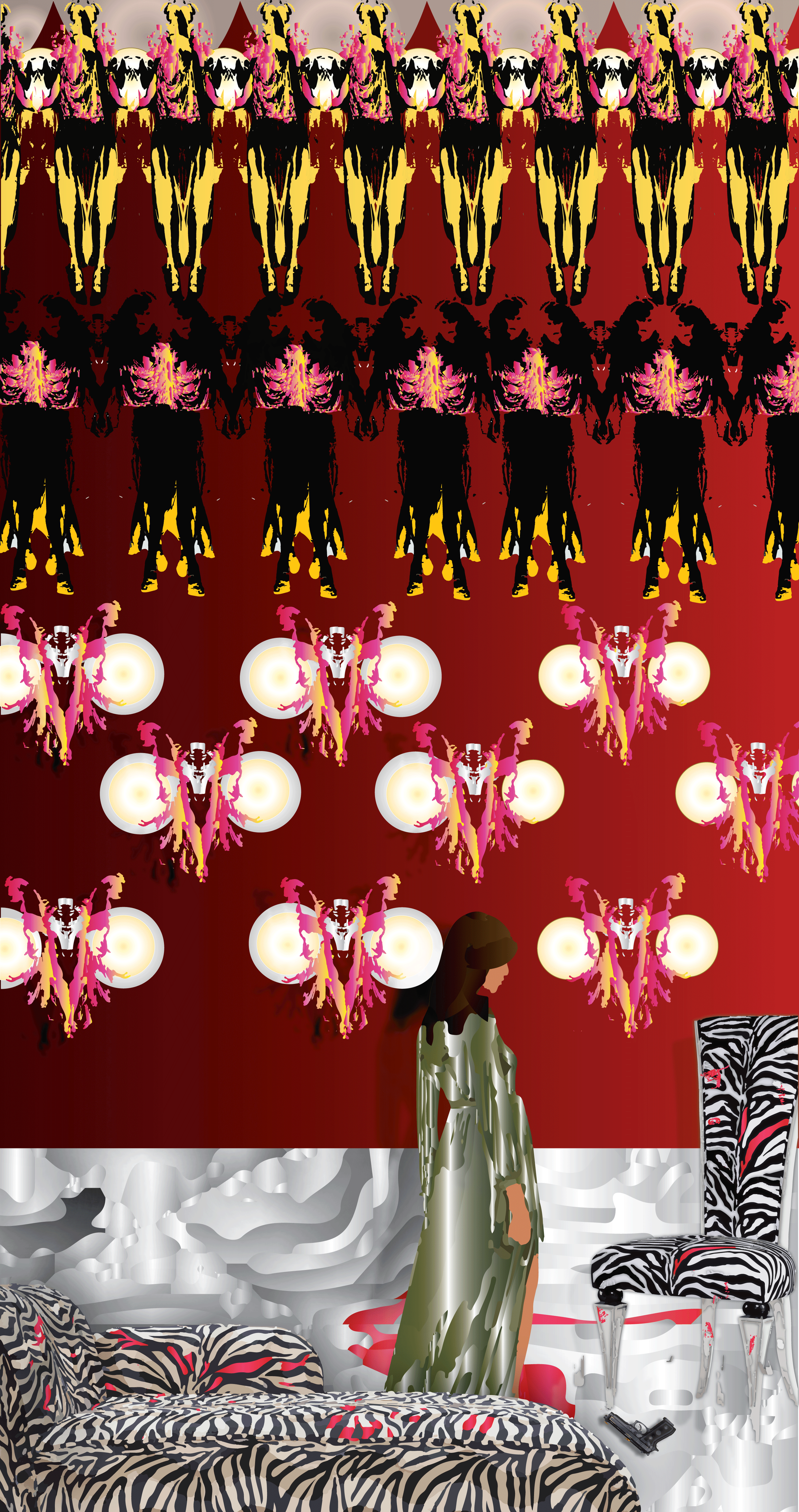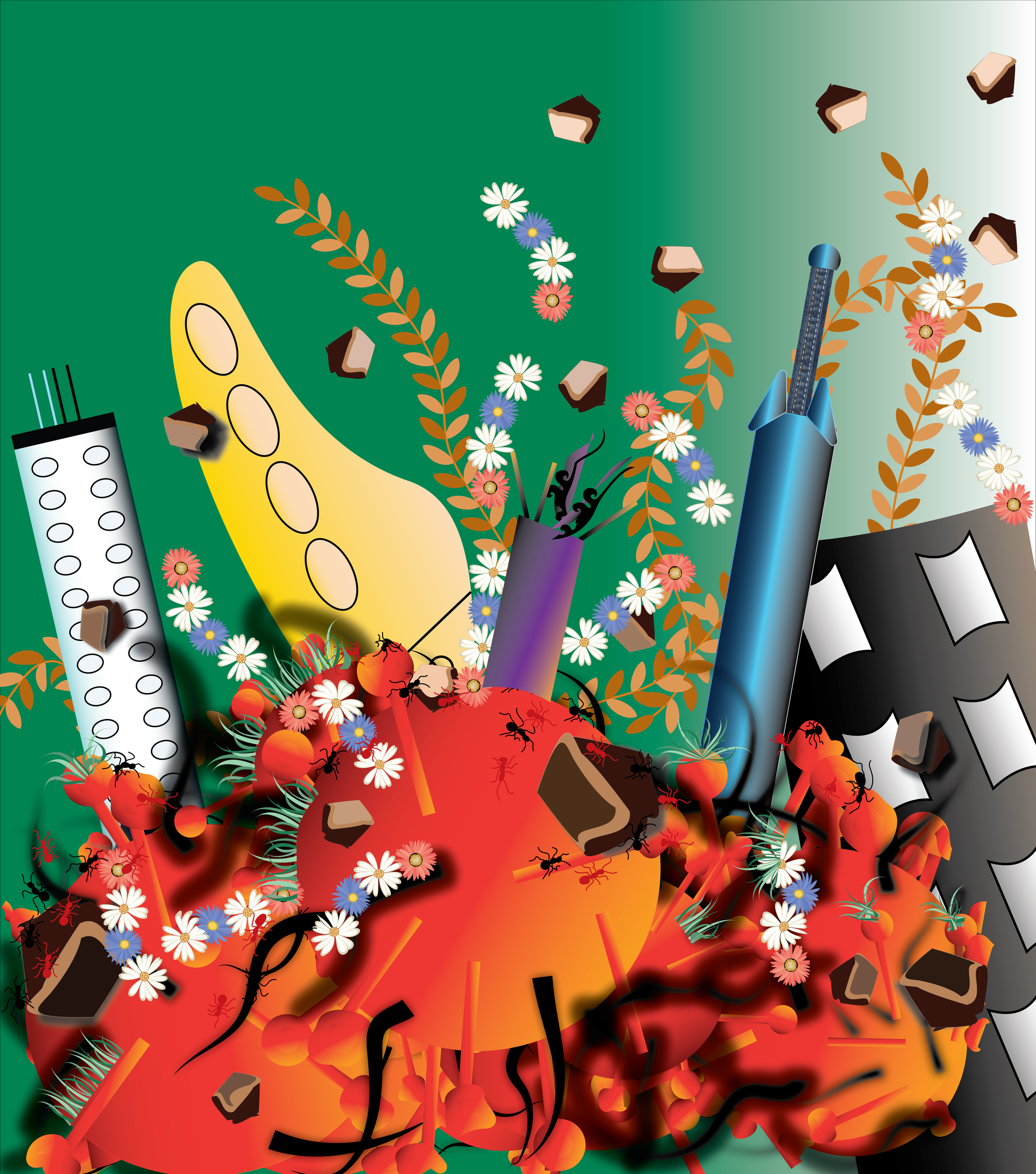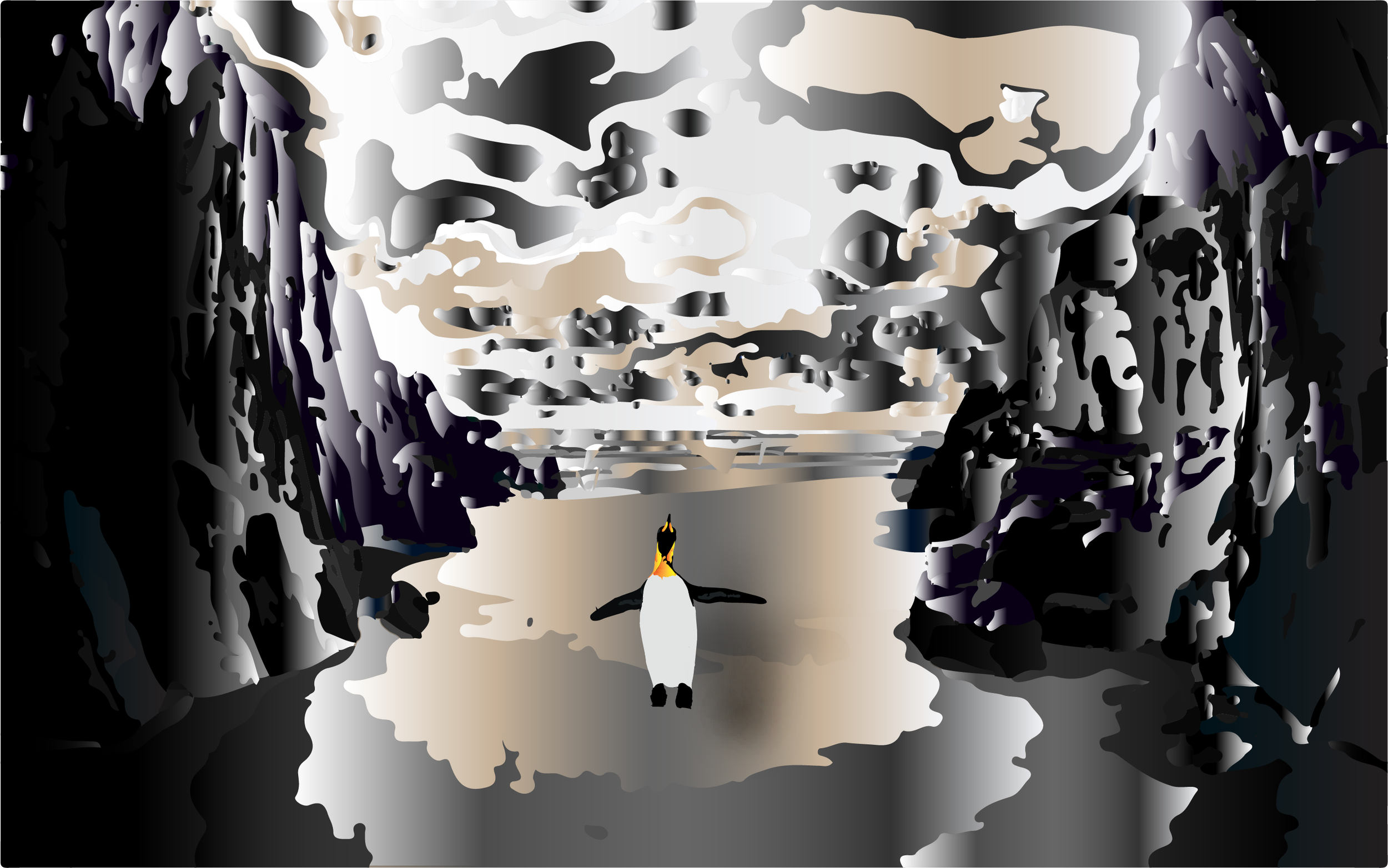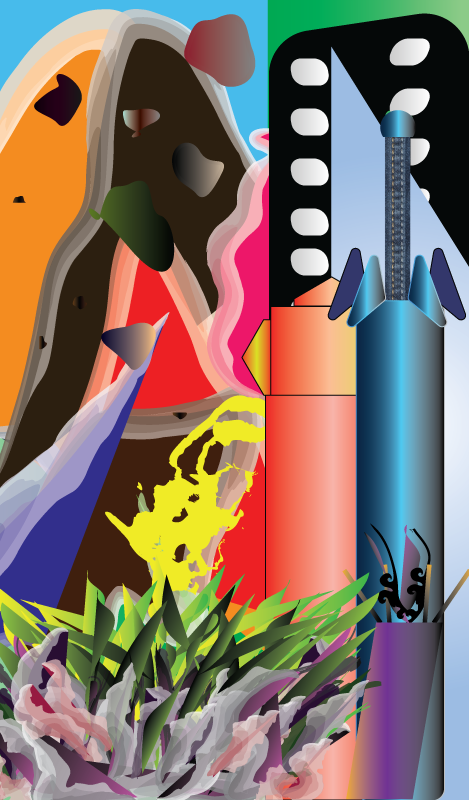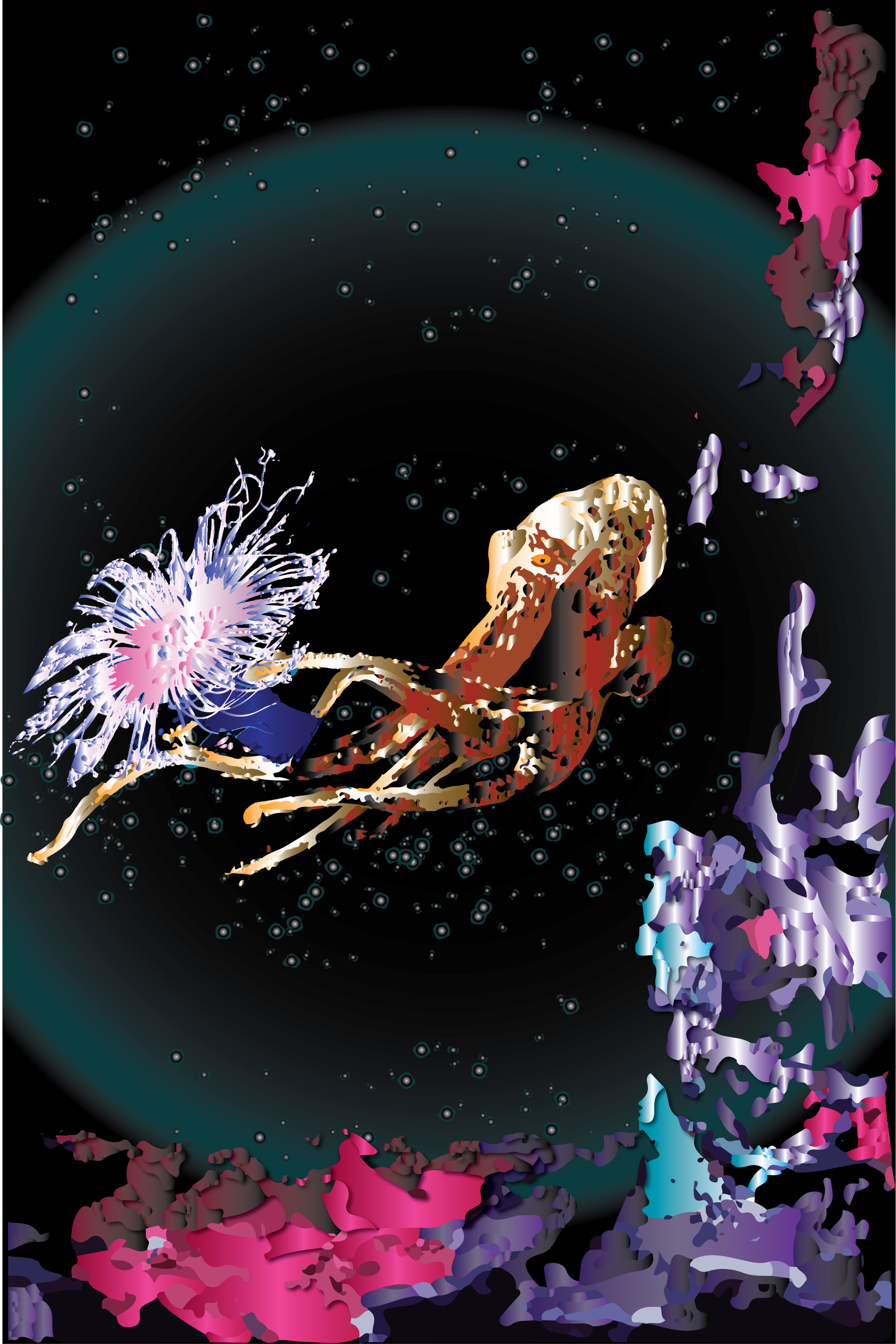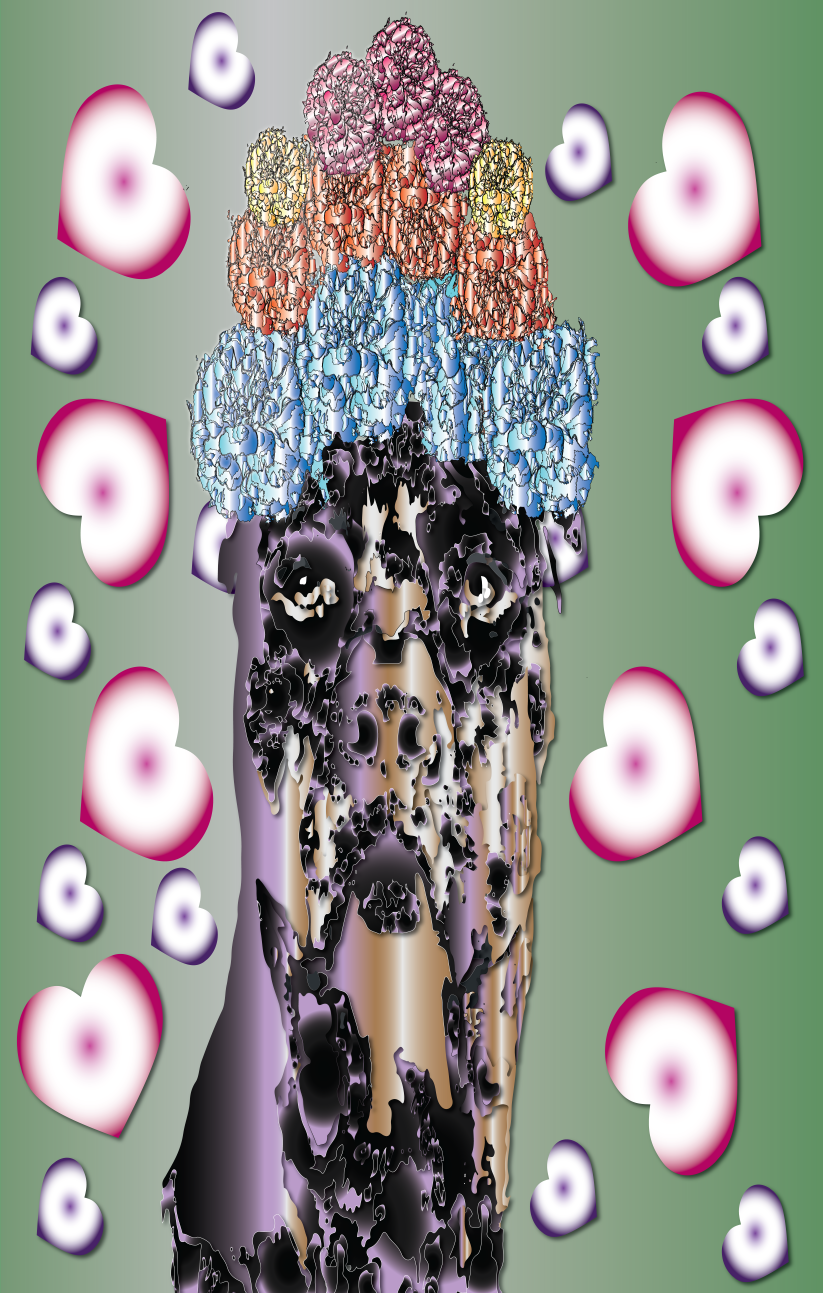Interview
Lismary Perez
With nature as her teacher, Lismary Perez is an American digital artist, always on the move to communicate her message about empowerment within ourselves.
Raised in West New York, New Jersey, she had her struggles with anxiety, low self esteem, anger management, being misunderstood, having no sense of identity or being true to herself, and being unable to voice what is important to her.
In an urban setting ruled by vehicles, city noise, pollution, and a dense human population, Nature has helped her see light in difficult times, despite how limited Nature's elements were in the neighborhood. Mountains, trees, hills, animals and plants interested her because they are aspects of life that show their true colors day in and day out and with no fear. They were also elements from Nature that called her.
From childhood through to adulthood, that message has become her foundation as she navigates through life. She believes it is vital to create a purpose in life, and to never have your voice silenced. One should have a sense of authenticity, just like nature does.
Her abstract and wildly colorful style of art supports what she stands for in life: to show and communicate what is in your heart. Her degree in art from the University of Rhode Island is one of her greatest achievements, and has helped establish her art career. It provided a way for her to serve her country.
What is your background and how did you start your journey in the art world?
“My background is in digital art. I mainly use Photoshop, Illustrator, and InDesign, but I’m always open to other software.
I’ve loved art ever since age five, when my body began to store memory. While growing up, I knew nobody would believe me if I told them that I was not enthusiastic about school, so I always said I liked school. I was living a lie. You can’t be enthusiastic about a place that had you sitting in a chair for six hours and controlled everything you did, particularly in public school.
Despite my negative perspective of the U.S. public school education system, it was in public school at age six, that I discovered that art gave me a sense of freedom—freedom from control, criticism, and dictatorship. Art never holds me down. Art doesn't imprison me. It liberates me from what I have gone through in life.
I’ve explored and tried numerous forms of art media from childhood into adulthood—pencil, markers, watercolors, clay, sculpting, shading, and many more—trying to solidify how I will contribute in this world. When I went to the University of Rhode Island with an undeclared major, I was introduced to digital art in my very first semester, and I found the medium that truly represents me. Originally, I wanted to be a graphic designer but struggled to find employment in that field. I took a look at my work once more and realized that my work is more on the expressive side, and so I adjusted my goals to become the artist that I am striving to be.”
What inspires you most?
“Nature inspires me in every illustration I make. To me, nature is the force that can guide us in understanding ourselves. Should we test nature, it puts us in our place.
I’m also inspired by people's ability to help others. I’m inspired by those that value mercy, forgiveness, and choose not to use violence to better this world.”
What themes do you pursue? Is there an underlying message in your work?
“I pursue themes that have to do with Nature and advocacy. Every illustration I create has more than one message, but if you were to take all my works and put them together, it is clear that I am telling everyone to respect, value, and take care of nature, even if this does not seem clear in all my works.
The other main message in all my works is, don't waste your life away being someone you’re not. Accept yourself for who you really are on the inside and show it. Own up to who you really are. Somebody will always be there to accept you for who you really are.”
How would you describe your work?
“My work is uninhibited, busy, colorful, and always tells some kind of story. It is also balanced and keeps people wondering what the work is about. One of the art members from my monthly subscription once told me that my work is about making sense of what doesn't make sense.
There is always a level of abstractness to my work because in life, we don't always understand certain things. That level of uncertainty is a power source I include to remind us of how small we are.”
Which artists influence you most?
“Mike Shinoda influences me the most. Since my teenage days, I have admired his ability to create very unique music. He is the backbone in the bands Linkin Park and Fort Minor. He’s not only a musician, but does his own visual art. He is a genius in my eyes.
He has the ability to communicate the internal struggles that so many people go through, and we can relate! We have too many rappers that only talk about sex, money, cars, and drugs and they glamorize them. More rappers need to take notes from Mike Shinoda. I give him my respect. He also has a great sense of humor!”
What is your creative process like?
"I always start with an idea of what activity will be taking place in my new illustration. I try to decide what the subjects will be doing, or what will be going on in the scene. Then I look into the dimensions of the artwork—what size should it be if I were to print it and give it to somebody. Once dimensions are in place, I set up appropriate music to get me in the right state of mind. Then I get references from the internet for whatever I’m going to create.
I start working on the background with color, move onto the subjects if I am happy with the background, then add special effects. The most difficult parts of my process come down to how my subjects are going to be positioned, what colors to use for them, and whether they look accurate. I can always go back and adjust anything.”
What is an artist’s role in society and how do you see that evolving?
“I can only speak from my past experiences and observations. In the United States, I see the role of an artist as tackling social and environmental problems. I believe that the role of an artist is evolving all the time. In the U.S. society, the role is moving towards pushing for more funding and lucrative investing.
I’m firm in my belief that U.S. society has a long way to go with valuing its artists, judging by how often people ask me how I’m going to make money with integrity through art. Even though some don’t value artists, I know there are many who value and see artists as very important members of society; members who play a positive role, and who evolve within that role.”
Have you had any noteworthy exhibitions you'd like to share?
“I am currently working on a series called The Game of Infidelity. It is a series about predator behavior in humans, manipulation, being trapped, being controlled, human morality and more. I hope to have an exhibition on that in the future.”


